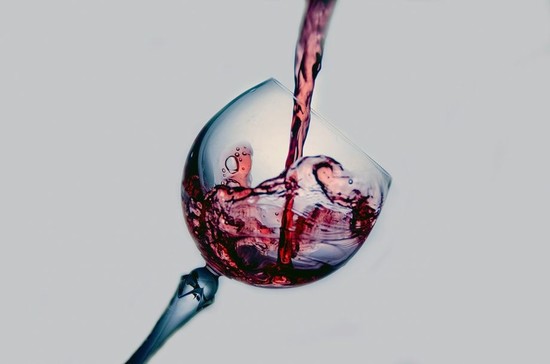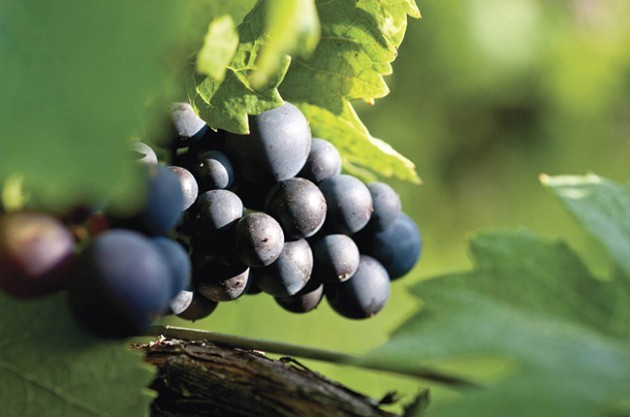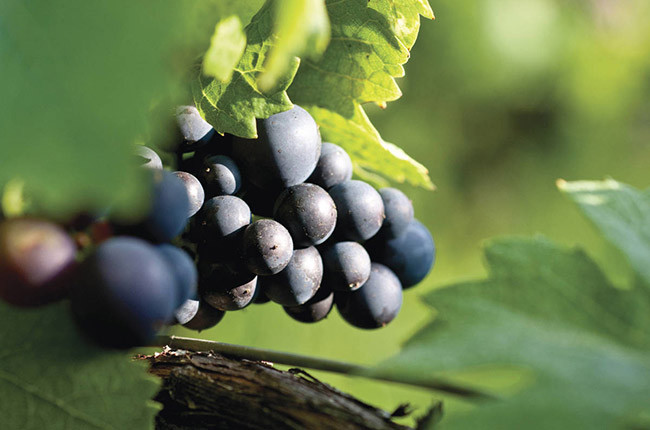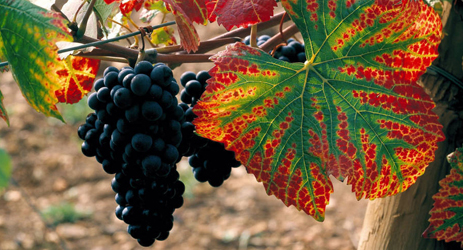The cult of Pinotism has been firmly established by the variety's prestige.


I might be talking about planting vines on a cleared slope, or simply about taking the corkscrew to a ridiculously expensive bottle of wine, but you all know by now what’s meant. Pinot Noir. ‘Pinotism’ is a cult within the wine world: no other grape commands attention like this one. Why?
Meet the Abraham of vinifera, cited (under several synonyms including Moreillon and Noirien) from the mid-13th century, and its qualities acclaimed (as Pinot) from the 14th – though some speculate it had been in existence for a thousand years by then.
Few if any varieties are more genetically significant: varieties as disparate as Chenin Blanc, Gewurztraminer, Cabernet Sauvignon, Merlot, Viognier, Syrah, Lagrein, Garganega and Corvina all thrive on the Pinot genes in their seeds and skins. Its celebrated liaison with Gouais Blanc has given us Aligoté, Auxerrois, Chardonnay, Gamay, Melon B, Romorantin, Sacy and a dozen or so more.
Pinot Blanc, Pinot Gris and Pinot Meunier are no more than mutations. It has more than a thousand registered clones. It is the great begetter. Perhaps our palates recognise this in some scent or flavour shadow found and re-found elsewhere, like a whisper of magnetic north.
Pinot is also wine’s middle way. You can make any wine you want with it: sparkling, white, red, rosé. It’s the red wine which goes with everything, or very nearly does – hence its popularity in restaurants. It’s the wine of four seasons: winter warmer (to use Fleet Street’s favourite cliché) as well as summer quencher.
It’s the red wine for white-wine drinkers… though it still contrives to be the ‘ultimate red’, in Domaine de la Romanée-Conti guise, for geeks and oligarchs. To say that, though, is also to do it a disservice: there’s a Mount Athos-like allure to Pinotism, too. Pinotism means the ‘beyond‘ in wine: it’s a wicket gate to a higher world. Those who choose Pinot aren’t merely (like poor Cabernet-fanciers or Merlot-chasers) looking for sensual pleasure; Pinotists are looking for the aerial sublime. Remember the famous inscription above that wicket gate in Savigny-lès-Beaune: its wines, we learn, are not merely nourrissants and morbifuges (nourishing and prophylactic) but théologiques (theological). This may be why its acolytes are so forgiving of failure: some higher power is involved.
Pinot is famously choosy about where it grows, but what we know from its Burgundian home is that, once comfortable, it can reflect the nuances of site with more fidelity than any other grape. This optical clarity is why there is such excitement about the Pinotable places scattered around the wine world. It doesn’t just shack up and hang out, like its offspring Chardonnay: it anatomises place, and at best makes it radiant.
Am I a Pinotist? You can’t work in wine and fail to understand Pinot’s appeal, and there is no French delight quite like travelling, eating and drinking in Burgundy. But… no, I don’t carry the cult card. Wine costs money, and money is hard to come by: I’m not prepared to forgive all in a wine just because it’s Pinot. Then there’s my mouth: I like structure; I like generosity. Great Burgundy can be magnificently structured and generous even as it’s filigreed, aerial and aromatically sublime, but most Pinot (most Pinot in Burgundy included) can’t. I’m not a fan of the merely fruity; I have no patience with the stringy and dry.
As a ‘working grape‘, indeed, it seems to me that Pinot is at its best as Champagne’s nervous system, leaving charm to Chardonnay and fruit to Meunier, but steering blends forward through time with soil and sap clinging to its fingers.
But that’s me; you’re you; and Pinot is still Pinot – still with us after all these years. Well done, old Abraham.
Translated by Sylvia Wu / 吴嘉溦
All rights reserved by Future plc. No part of this publication may be reproduced, distributed or transmitted in any form or by any means without the prior written permission of Decanter.
Only Official Media Partners (see About us) of DecanterChina.com may republish part of the content from the site without prior permission under strict Terms & Conditions. Contact china@decanter.com to learn about how to become an Official Media Partner of DecanterChina.com.




Comments
Submit